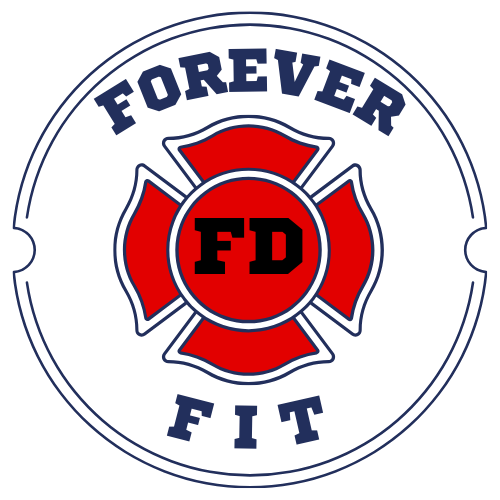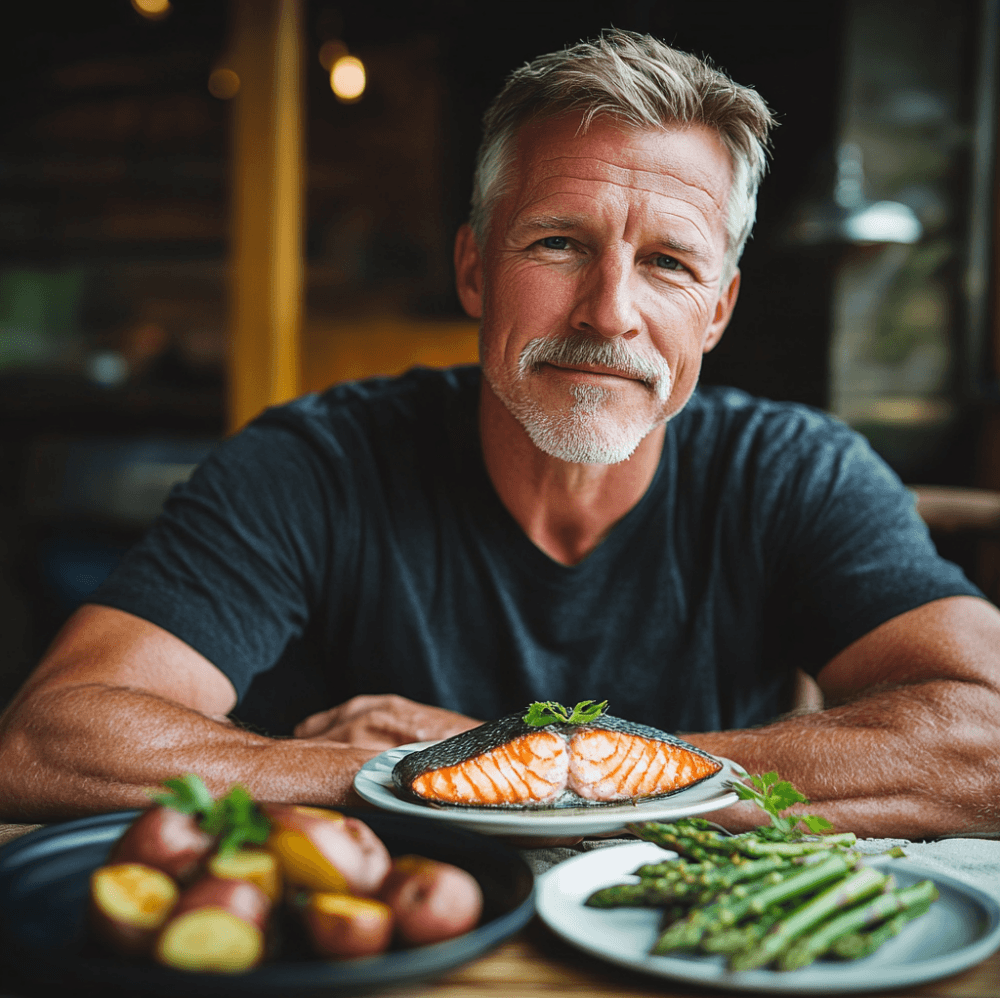Isn’t it wild how everyone’s got their own secret formula for losing fat? Some folks swear by skipping carbs entirely or jumping into the latest fad diet trend. Meanwhile, others might think hitting the gym hard without focusing on food is the golden ticket.
Thinking about fat loss often leads to quick-fix solutions. It’s easy to get caught up in diet fads or trendy supplements that promise rapid results. The truth? Those methods can be pretty hit-and-miss.
Let’s talk about what’s really key here: nutrition. Understanding the basics, like how carbs, proteins, and fats actually work for or against your body, is crucial. It’s not about starving yourself or cutting out entire food groups for good—that’s not sustainable and might mess with your health.
Looking at the bigger picture, it’s clear that sustainable weight loss isn’t about making drastic changes. We’re talking small, meaningful tweaks that make a real difference. Take a leaf out of the Healthline article model, which suggests practical, evidence-based strategies rather than quick fixes.
Why Nutrition Basics Matter More Than Quick Fixes
Nutrition isn’t just a footnote in your fat loss journey—it’s the headline. You’d be surprised how often people overlook the essentials while chasing that latest trend or magical solution.
The buzz of fad diets can be tempting, sure, but underneath all the glitz, it’s the basics like macronutrients and energy balance that set the stage for real, lasting results. Understanding how carbs, proteins, and fats fuel you and affect weight loss can save a boatload of frustration.
Forget about those myths that carbohydrates are evil or that fats should be your nemesis. Every nutrient plays its part in the energy seesaw. The trick? Get the ratios that work for you, aiming to maintain a healthy balance that supports your metabolism and overall health.
Those quick-fix plans may promise rapid transformation, yet often they sacrifice nutritional quality. Long-term success in weight management is about working towards sustainable, realistic goals rather than sprinting for a short-lived victory. It’s a marathon, not a race.
Embracing fundamentals won’t just make fat loss a breeze—it’ll transform how you feel daily.
Prioritizing Whole Foods Over Processed Diet Options
Let’s get real: not all foods are created equal, especially when you’re on a mission to shed those extra pounds. Whole foods, the ones as close to their natural form as possible, pack a nutritional punch that processed options just can’t match. They come loaded with fiber, vitamins, and minerals, helping you feel full and satisfied longer.

Processed foods often sneak in extra sugars, unhealthy fats, and sodium—things your body doesn’t exactly throw a party for. When you’re trying to lose fat, these extras can hold you back, making it harder to track your true energy intake and causing unexpected weight fluctuations.
Switching to a whole-foods-first mentality opens the door to a more nutritious, satisfying way of eating. Think juicy fruits, vibrant veggies, hearty grains, and lean proteins. These fill you up without putting the brakes on your fat loss efforts.
Don’t just take my word for it—community stories abound of folks who’ve shared their experiences ditching processed food for whole, reporting better energy levels, improved digestion, and even clearer skin!
The key takeaway here? It’s not about banning all processed foods forever. It’s about making conscious choices more often towards whole foods, aligning with your fat loss goals while keeping things realistic.
Harnessing the Power of Mindful Eating
Ever had one of those meals where you blink and your plate’s empty, and you’re not even sure what it tastes like? That’s mindless munching for you. Mindful eating’s all about bringing awareness back to your meals. It’s noticing the flavors, textures, and the whole experience of eating.
Think of it as tuning into your body’s hunger and fullness signals. Before reaching for seconds, pause and ask if you’re actually hungry or just eating out of habit. Slowing down—and I mean really chewing and tasting each bite—can help curb overeating.
Incorporating mindful sipping while you’re at it makes a difference too. Enjoy your drinks sip by sip, savoring the taste, without gulping down liquid calories. That latte? It can last way longer if you pace yourself.
We eat for lots of reasons beyond hunger—stress, boredom, or just because it’s social hour. Mindful eating can help recognize these patterns, offering a chance to reconsider before diving into that second serving.
Getting the hang of mindful eating doesn’t happen overnight. It takes practice and patience, but once you get it, the connection with your food transforms. You’re in it for more than just filling up—it’s about truly enjoying and respecting your meals.
Navigating Calories and Portion Sizes with Ease
Counting every single calorie might sound like a chore, and let’s be honest, it can zap the fun out of eating. Instead of obsessing over numbers, think about redefining your approach to portions. It’s about understanding what a balanced plate looks like—where protein, carbs, and healthy fats team up in a way that supports your goals.
A huge secret? You don’t need fancy tools to estimate portions. Use everyday items as guides: a deck of cards for protein, a fistful of carbs, and a thumb-sized portion of fats can be eye-openers. Getting a good feel for portion sizes can save you from overestimating and diving into that calorie surplus unnoticed.

Intuitive eating, a concept that’s gaining traction, encourages trusting your body’s cues rather than external rules to guide your eating. It’s liberating—and it respects your internal hunger and fullness signals while removing the guilt trip from eating.
To get the hang of this? Take cues from the Healthline article’s practical tips. It’s less about restriction and more about refining your eating habits so they align with what your body actually needs to thrive. This way, you’ll naturally gravitate towards smarter eating choices without feeling boxed in or deprived.
Incorporating Balanced Movement and Physical Activity
Exercise and nutrition go hand in hand when it comes to fat loss, but it’s all about balance. You don’t need to live in the gym; finding activities you genuinely enjoy can be just as effective.
Cardio gets your heart pumping and burns calories upfront, but don’t skip out on strength training. Building muscle not only tones your body but boosts your resting metabolism, helping you burn more calories even when you’re not working out.
Think of movement as a part of your daily routine, not just something you ‘have’ to do. Walk more, use stairs, dance around your living room—whatever keeps you moving and feeling good.
Small tweaks can make a big difference. Standing up every so often if you usually sit for hours, or stretching periodically, breaks the cycle of inactivity.
Fitness doesn’t mean expensive gear or downloading the latest workout app. It’s about consistency and choosing a blend of activities that keep you engaged and are accessible. Soul-satisfying movements should be your ultimate goal.
Sustaining Success: Building Healthy Habits for Lifetime
Cracking the code on fat loss? It’s not just getting there, but staying there that counts. Building habits that stick is where the magic happens.
Reflect on what’s worked during your journey and pinpoint behaviors that have supported your progress. These are your keepers, the habits to nurture.
Forming new habits isn’t about dramatic changes that overhaul your life overnight. Start small—tiny shifts that are easy to integrate into daily life without upending everything.
Identify barriers that have tripped you up before. Was it late-night snacking or too many social nights out? Find strategies that keep these in check, like prepping healthy snacks or balancing social events with mindful choices.
It’s okay if things don’t go perfectly every day. Self-compassion and patience are key companions on the path to developing these new habits.
Success stories often involve trial and error. Hearing how others have maintained their success can provide valuable insights and inspiration.
Remember, fitness isn’t a temporary project. It’s a lifestyle—a commitment to staying connected with your nutrition, physical activity, and well-being.
Leave a comment with your biggest takeaway!


Hello Coach Dooley!
Thank you for this insightful article! I love how you broke down the importance of nutrition in fat loss. It’s so easy to get caught up in the latest fad diets, but your focus on the basics really hits home. It’s reassuring to know that making sustainable changes to what we eat can lead to long-term success. 😊
One thing I found particularly helpful was the reminder to prioritize protein and balance our meals. It’s a simple tip, but I think many people overlook it when trying to lose weight. Do you have any go-to snack suggestions that align with these nutrition basics? I’m always looking for easy options that support my goals!
Thanks again for sharing such practical and realistic advice—I’m definitely going to keep these tips in mind as I continue my fat loss journey!
Warmly,
Angela M 🙂
Hi Angela,
Thank you so much for your thoughtful comment! I’m really glad to hear that the article resonated with you and that you’re embracing the nutrition basics for your fat loss journey. It’s true—sometimes the simplest tips make the biggest difference, especially when it comes to prioritizing protein and balancing our meals.
As for snack suggestions that align with these principles, here are a few of my go-tos:
Greek yogurt with a sprinkle of nuts and berries: It’s high in protein and the berries add a touch of sweetness along with antioxidants.
Sliced veggies with hummus: A great way to get fiber and protein while keeping it light.
Apple slices with almond butter: Satisfying and balances healthy fats with natural sugars.
Hard-boiled eggs: Easy to prepare ahead of time and packed with protein.
Cottage cheese with pineapple chunks: A refreshing combo that’s rich in protein.
These snacks are not only nutritious but also quick to prepare, which makes sticking to your goals a bit easier on busy days.
I’m curious, do you have any favorite snacks that you’ve found helpful? Sharing ideas can be a great way for all of us to discover new options!
Keep up the fantastic work, and don’t hesitate to reach out if you have more questions or just want to chat about nutrition and fitness. We’re all in this together!
Warmly,
Coach Dooley 😊